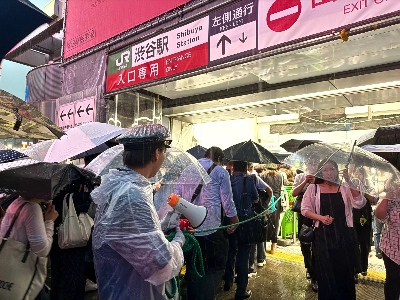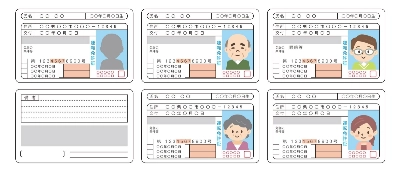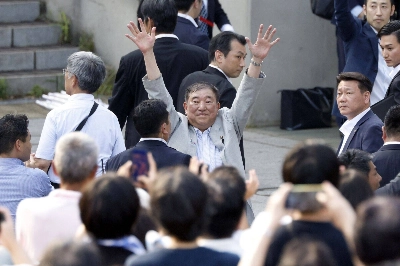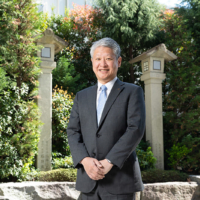When artist Rachita Taneja heads out to protest in New Delhi, she covers her face with a pollution mask, a hoodie or a scarf to reduce the risk of being identified by police facial recognition software.
Police in the Indian capital and the northern state of Uttar Pradesh — both hotbeds of dissent — have used the technology during protests that have raged since mid-December against a new citizenship law that critics say marginalizes Muslims.
Activists are worried about insufficient regulation around the new technology, amid what they say is a crackdown on dissent under Prime Minister Narendra Modi, whose Hindu nationalist agenda has gathered pace since his re-election in May.


















With your current subscription plan you can comment on stories. However, before writing your first comment, please create a display name in the Profile section of your subscriber account page.